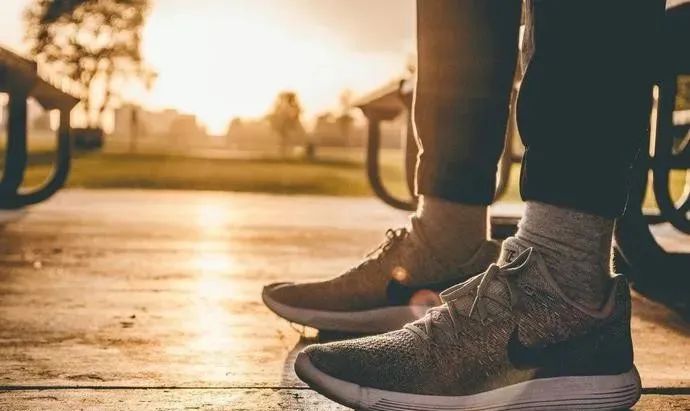(2) The supporting structure of sports shoes should be scientific and can provide good stability to avoid sprain and other situations during the movement.
For example, basketball shoes are also sports shoes. Basketball itself is a continuous running sport. It seems that running and basketball shoes should be universal. However, there are still significant differences between the two:
Running shoes are designed to meet the requirements of continuous running in a straight line, continuous forward and rhythmic manner, mainly with the heel and full foot landing. Therefore, the key requirement is to continuously buffer, absorb impact energy, stabilize the foot and avoid the injury of runners.
Basketball shoes belong to field sports shoes. Due to the repeated sprints, speed changes, sharp turns, dodges, changes of direction, jumps, and the exertion of physical confrontation during the movement process, the athletes are more likely to use the middle and front of their feet. So the shock absorption design takes more account of the front and middle of the foot.
Therefore, wearing basketball shoes for long-distance running may be more tiring, and the cushioning performance is biased, so the risk of injury is increased.
Of course, if you occasionally run three or five kilometers with basketball shoes, it won't be a big problem. But if you have long run for many years and don't wear running shoes, there will be more hidden dangers.
Therefore, when buying running shoes, you should choose directly from the category of "running shoes" and ignore other categories directly.
Secondly, running shoes should be light.
If you run for a long time, your body will consume more. The smaller the extra burden in the process of exercise, the better. So when choosing running shoes, you should generally choose lighter running shoes.
But now there are some professional running shoes. Because of the use of more shock absorption and protection materials, and more new design and technology concepts, some running shoes have become heavier. Therefore, when choosing heavier running shoes, the weight of runners also has some requirements. People who are too light may find these "heavy" running shoes heavy and hard.
However, everyone's physical feelings and preferences are different. Some people just like the "foot feeling" brought by heavier sports shoes. As long as they are used to it, there is no problem. However, in general, it is recommended to choose "lightweight" and comfortable running shoes.
Third, pay attention to the soles of running shoes.
No matter what material the sole is made of, the sole of running shoes should give you at least three good feelings:
(1) The sole is thick enough (note that the thicker the better). Some jerry-built running shoes look very good. Once you put them on and take a few steps, you can immediately detect that the soles are too thin. Therefore, it is difficult to guarantee the buffer performance.
(2) The sole should not only give runners comfort, but also have good cushioning. The direct footstep feeling is that every time you land, the impact of the foot is small, the power is dispersed quickly, and there is a proper "elasticity" (the elasticity cannot be too large).
(3) The sole should not be treated in one piece without any difference, but should have a soft design at the first third of the sole, which can meet the needs of long-term and continuous toe joint bending during running.
A pair of running shoes should be considered a good pair of running shoes if they can meet the requirements of the above three running sports. As for how many advanced materials and black technologies it uses, it doesn't matter.
